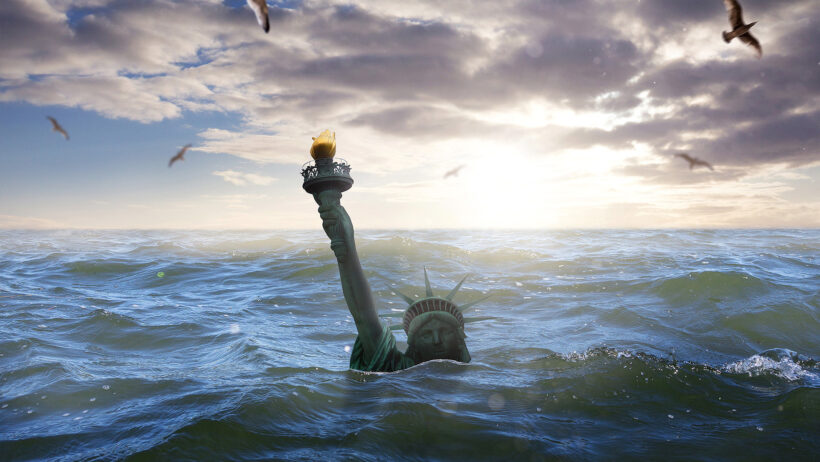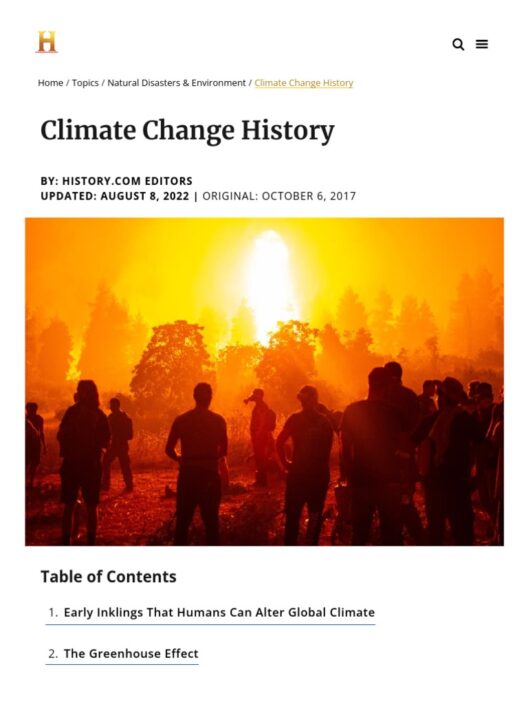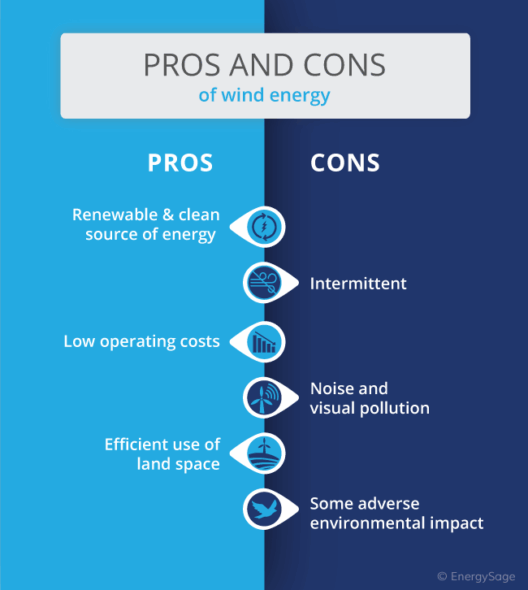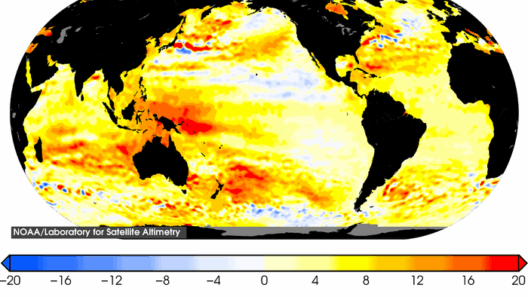Rising sea levels have emerged as one of the most pressing issues pertaining to climate change, posing a significant threat to numerous nations around the globe. The multifaceted phenomenon, primarily driven by the thermal expansion of ocean waters and the melting of ice caps, catalyzes an alarming concern for coastal communities. As the oceans encroach upon terrestrial landscapes, understanding which countries are in peril is crucial for fostering awareness, support, and, ultimately, action.
The gravity of the situation cannot be understated. The Intergovernmental Panel on Climate Change (IPCC) has projected that global sea levels could rise by as much as 1 meter by the year 2100 if greenhouse gas emissions continue unchecked. Consequently, nations with substantial coastlines, low elevation, and densely populated urban centers see their futures imperiled. This article aims to identify the countries most at risk due to rising oceans, elucidate the potential impacts, and underscore the urgency of decisive action.
The Pacific Islands: A Mosaic of Vulnerability
Among the most vulnerable regions are the Pacific Island nations, characterized by their low-lying topography. Countries such as Tuvalu, Kiribati, and the Marshall Islands face existential threats as rising sea levels may completely engulf their landscapes. For instance, Tuvalu, with an average elevation of only about two meters above sea level, could become uninhabitable within decades unless mitigation measures are undertaken swiftly.
Moreover, the unique cultural heritage and livelihoods of the indigenous populations in these islands are jeopardized. With limited freshwater resources and subsistence agriculture primarily reliant on arable land, the encroaching tides threaten the very fabric of life for these communities. Forced migration may soon become a grim reality, leading not only to loss of homeland but also to intangible cultural losses. The plight of these nations advocates a broader awareness of the disadvantages faced by marginalized communities, often disproportionately bearing the brunt of global climate policies.
South Asia’s Coastal Dilemmas
India, Bangladesh, and Maldives represent a crucial intersection where overpopulation meets vulnerability. The Sundarbans, home to a significant portion of both India and Bangladesh, is a delta region where rising sea levels threaten ecosystems and livelihoods alike. It is anticipated that rising tides could inundate vast stretches of this unique mangrove ecosystem, resulting in loss of biodiversity that speaks to the global ecological balance.
Bangladesh is particularly susceptible, as it lies at a low elevation and is subject to riverine flooding. Projections suggest that roughly 20 million people could be displaced in Bangladesh alone due to rising sea levels by the year 2050. This impending displacement creates a cascade of issues, such as increased competition for resources, humanitarian crises, and further exacerbation of socio-economic inequalities. Comprehensive strategies that encompass infrastructure development, community resilience, and robust policy measures are essential if these nations are to navigate the unprecedented challenges posed by climate change.
North America: The U.S. East Coast’s Looming Crisis
The United States is not exempt from the threats posed by rising sea levels. Regions such as Florida and Louisiana epitomize the dire consequences that can ensue without immediate intervention. Miami, in particular, stands at the forefront of the crisis with projections estimating sea level rise could surpass 2 feet by 2060. The city’s extensive infrastructure, including homes, businesses, and crucial transport systems, is at grave risk. The phenomena of “sunny day flooding,” where streets inundate during high tides, exemplify the impending chaos that rising waters could unleash.
In tandem with the physical threats, socioeconomic ramifications loom large. The insurance industry may tremble as property values plummet and uninsurable regions emerge. Economic stability is intricately linked with climatic stability; thus, it becomes imperative for urban planners and policymakers to assess future scenarios realistically, balancing development with sustainable practices.
The Caribbean: A Region in Peril
Meanwhile, in the Caribbean, nations such as Haiti and the Bahamas are also grappling with the perils introduced by rising oceans. With limited economic resources and infrastructure in place, the gradual loss of coastal zones could spell disaster not only for natural habitats but for the tourism-driven economies that many of these nations depend upon. Vulnerability to extreme weather compounded by sea level rise could result in recurrent disaster, fostering a climate of uncertainty that compromises food security and economic growth.
Drawing attention to innovative adaptation strategies like natural barriers, restoration of wetlands, and the establishment of floating communities may offer avenues of resilience and hope. Collaborative international efforts can create alliances that prioritize sustainable practices and investment in vulnerable regions, generating support and fostering community resilience.
A Call to Action for Global Solidarity
The reality is clear: rising sea levels present a formidable threat to a multitude of nations globally. The countries highlighted represent the tip of the iceberg concerning escalating climate-related hazards. Ultimately, while there is an urgent need for existential adaptation and infrastructure investment, the roots of the crisis delved deeper into unsustainable practices that drive climate change itself. A concerted global effort is paramount, necessitating rigorous emission reductions and innovative solutions to curtail the impact on vulnerable nations. Humanity stands at a crossroads; the decisions made today will define the legacies of tomorrow. Alongside the affected communities, it is crucial for individuals and governments worldwide to unite for meaningful action that prioritizes sustainability and environmental stewardship.








